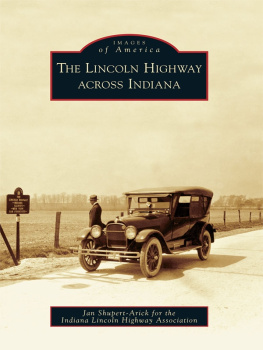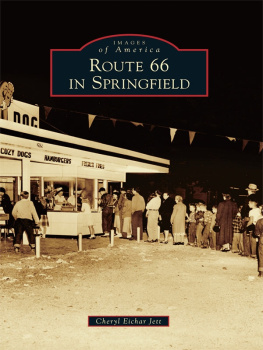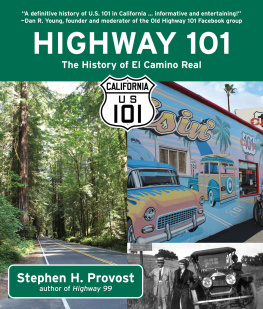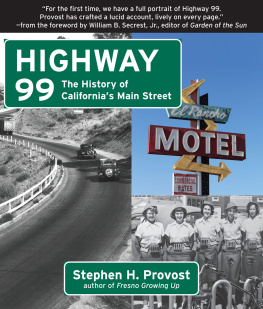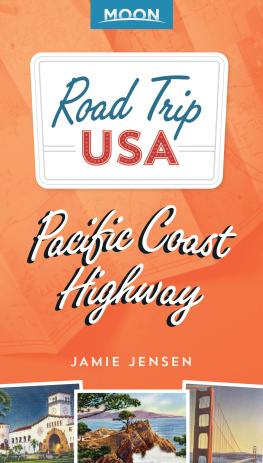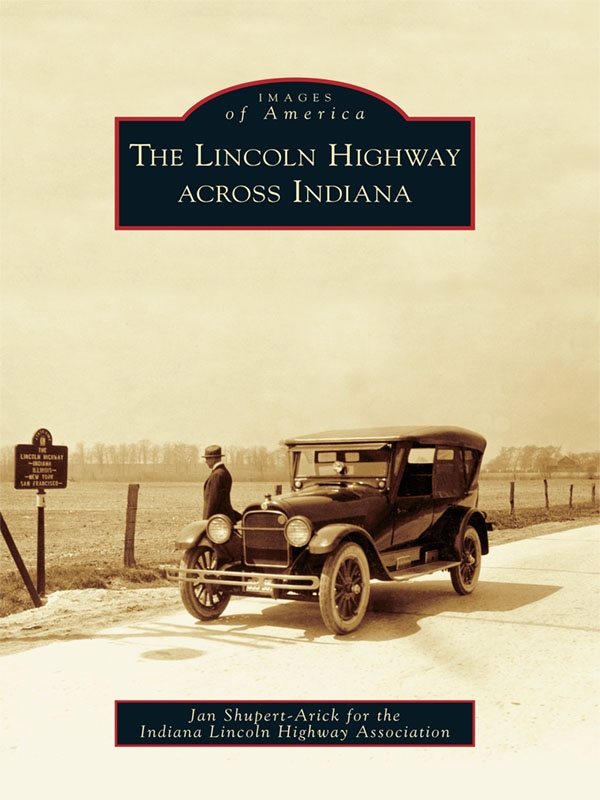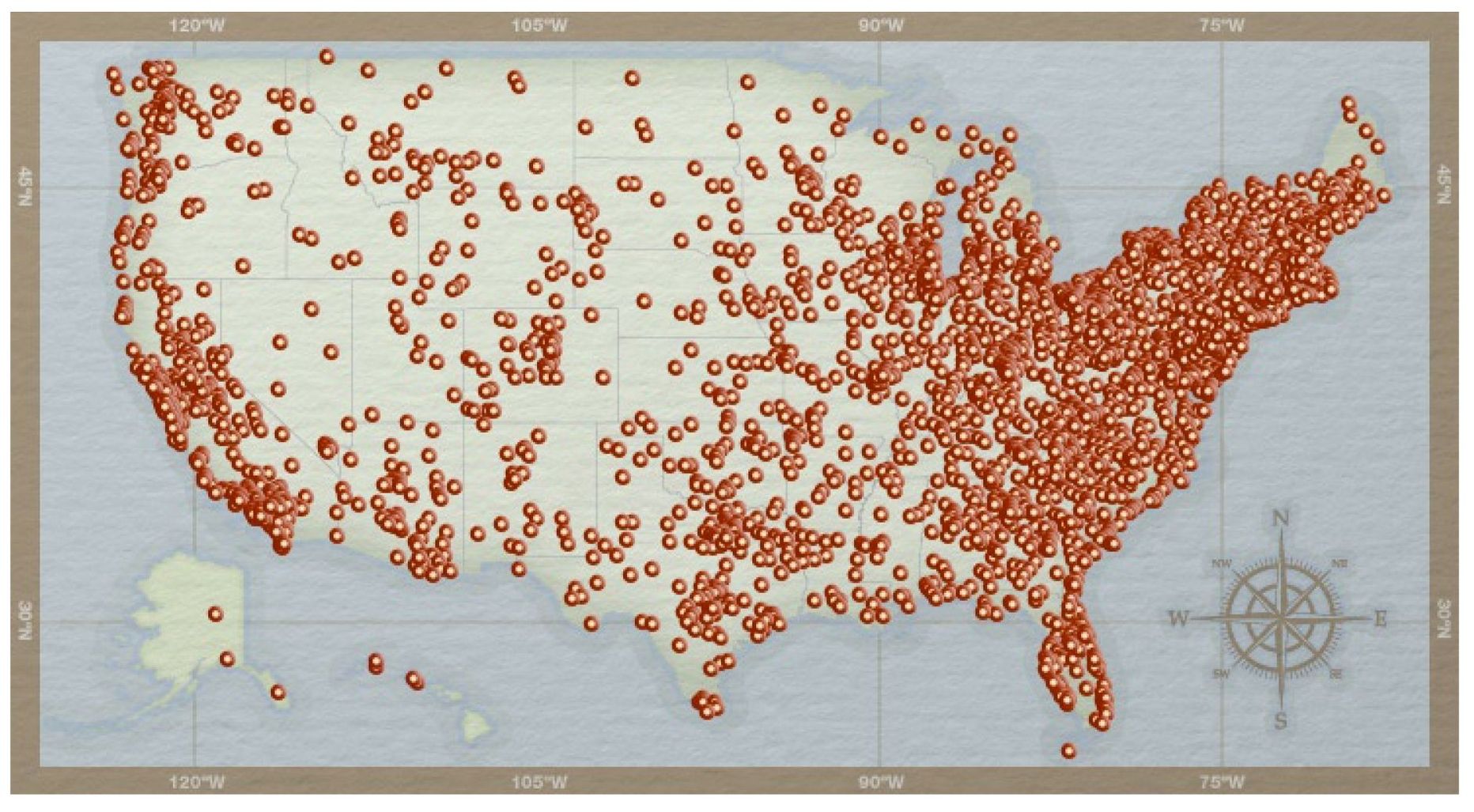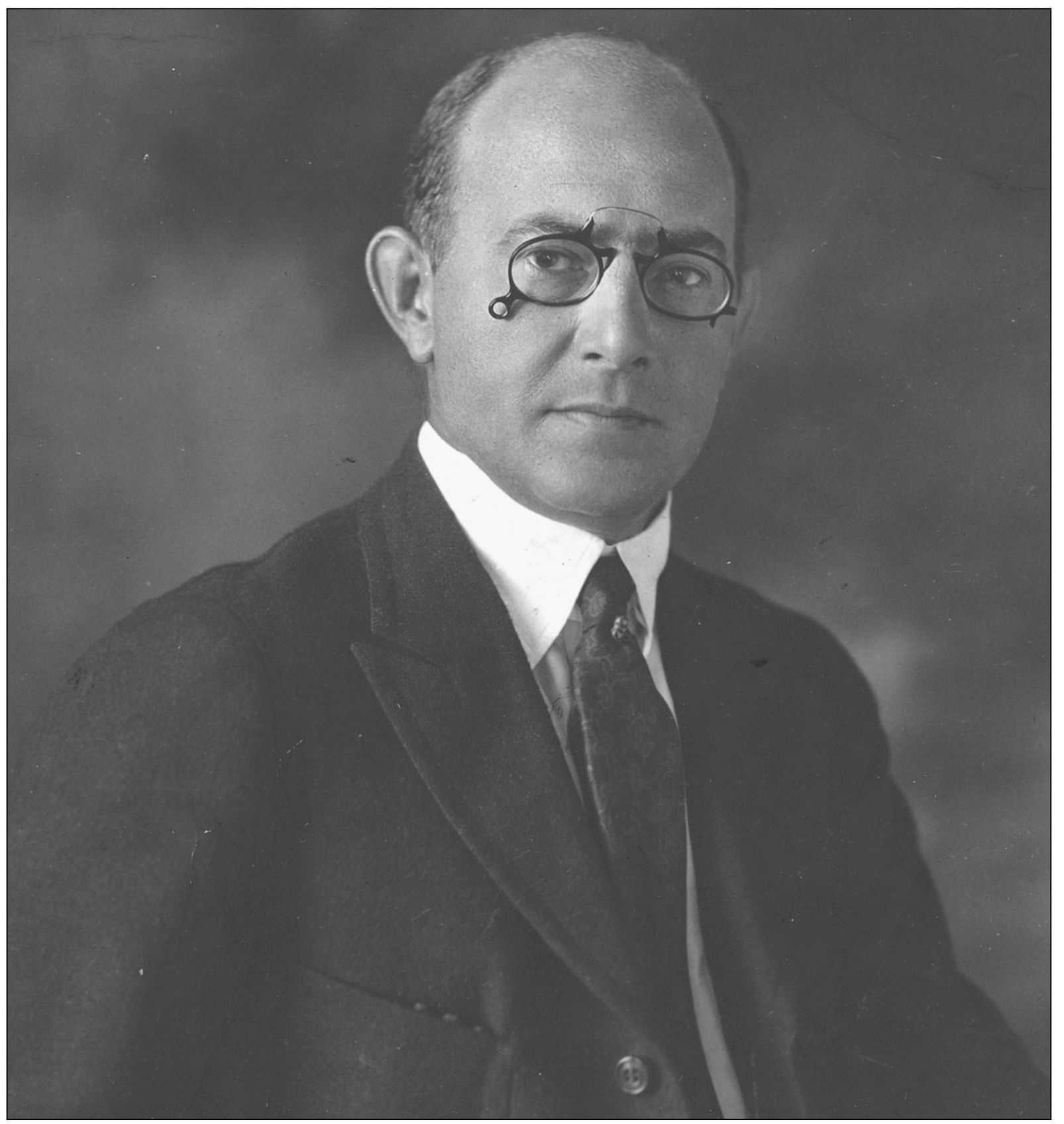ACKNOWLEDGMENTS
The process of gathering information and images for this publication has taken me to archives across the state of Indiana, to Stan Hywet Hall and Gardens in Akron, and to the University of Michigan Special Collections Library that holds the official Lincoln Highway Association archive. I would like to thank the following individuals and institutions for supporting this work, which is intended to be a tribute to the Lincoln Highway heritage in Indiana. The work is also a call to preservation-minded individuals and organizations that wish to save a part of history by transforming an old gas station or tourist camp along the Lincoln Highway corridor into something new. This book is published during the bicentennial celebration of Pres. Abraham Lincolns birth. Indiana was Lincolns boyhood home and the legacy of the Lincoln Highway, named in his honor, continues to be an important asset to the state today.
I would like to thank Todd Zieger of Historic Landmarks Foundation, David Hay, D. Lowell and Miriam Nissley, Mark J. Heppner of Stan Hywet, John Martin Smith, Jeanette Brown, Brian Butko, Mike Kelley, Dana Groves, Kurt Garner, Cynthia Joyce, Roger Myers, Jerry Nesbitt, Patrick McIver, Chuck Mathieu, Dean and Deb Stoops of the historic Kimmell House, Joyce Crowell, Earlene Nofziger of the Goshen Historical Society, Colleen Huddleson, Martha Heinek, Rob Heinek of New Carlisle, Angie Quinn, Elkhart County Historical Society, Randy Elliott, Todd Pelfry, Russell Rein, Kathleen Dow of the University of Michigan Special Collections Library, Scott Schuler and Jennifer Johns of the Northern Indiana Center for History, Toni Cook, Andrew Beckman of the Studebaker National Museum, Fern Eddy Schultz and staff at the La Porte County Historical Museum, Kathy and Rosalie Mack at the Wanatah Historical Society, Kristin Poerschke for the Lincoln Highway Heritage Corridor in Ligonier, Pennsylvania, and Mayors Terry McDonald and Patty Fisel. Thanks also to Paul Gilger of the Lincoln Highway Association, Louis Ternet, Kim Parker of the Indiana University South Bend Education Resource Center, and the following dedicated members of the Indiana Lincoln Highway Association: Joyce Chambers, Jim Bevins, Ken Locke, Monte and Bev Gillespie, Gary and Paula Satkamp, Linda Rippy, Art Schweitzer, and my very special friends Michael and Andrew Weigler.
BIBLIOGRAPHY
Carter, Anne Bryan, ed. Painting Indiana: Portraits of Indianas 92 Counties . Bloomington: Indiana University Press, 2000.
A Complete Official Road Guide of the Lincoln Highway . 5th ed. Detroit: Lincoln Highway Association, 1924.
Davies, Pete. American Road: The Story of an Epic Transcontinental Journey at the Dawn of the Motor Age . New York: Henry Holt and Company, 2002.
Fisher, Jane Watts. Fabulous Hoosier: A Story of American Achievement, by Jane Fisher . New York: R. M. McBride and Company, 1947.
Fisher, Jerry M. The Pacesetter: The Untold Story of Carl G. Fisher . Fort Bragg, CA: Lost Coast Press, 1998.
Goshen: The First 150 Years 18311981 . Goshen, IN: News Print Company, 1981.
H. C. Ostermann . Lincoln Highway Association.
Horvath, Dennis, and Terri Horvath. Indiana Cars: A History of the Automobile in Indiana . Indianapolis: Hoosier Auto Show and Swap Meet, 2002.
Lincoln Highway Association. The Lincoln Highway: The Story of a Crusade That Made Transportation History . New York: Dodd, Mead and Company, 1935.
Nissley, D. Lowell. The Road My Father Traveled . Sarasota, FL: Robert B. Abel, 2006.
Royse, Honorable L. W. A Standard History of Kosciusko County Indiana . Chicago: Lewis Publishing Company, 1919.
South Bend and the Men Who Made It . South Bend, IN: Tribune Printing Company, 1901.
State Highway Commission. Highways of Indiana . Indianapolis: State Highway Commission 1948.
Whitley County Historical Society. Whitley County and Its Families: 18351995 . Paducah, KY: Turner Publishing Company, 1995.
Find more books like this at
www.imagesofamerica.com
Search for your hometown history, your old
stomping grounds, and even your favorite sports team.
One
VISIONARY LEADERSHIP
Few people possess the vision that Carl Fisher provided in the early days of the automobile industry. Fishers fortitude and ability to persuade others of the need for good roads went far beyond what most people would have dreamed possible. He had no patience to wait for the local, state, or federal government to create and implement a plan for a road system for America. He believed the private sector could move the process forward and demonstrate what good roads and transcontinental travel could mean to commerce. Fisher and his sidekick, James Allison, worked together to inspire the automobile industry to create the first coast-to-coast automobile highway. Allison provided the business skills while Fisher was the visionary. The automobile industry was a beneficiary, but the most dramatic result was that a passable route across the nation was opened up for personal travel. For the first time, tourists were able to stop where they wanted, eat when they wanted, and travel to places the trains did not go. Carl Fishers vision renewed a sense of patriotism and achievement that changed the nation.
Frank Seiberling of Goodyear Tire provided a $300,000 pledge to the Lincoln Highway Association (LHA) immediately following Carl Fisher and James Allisons invitation to dinner at the German House in Indianapolis in 1912. Fisher asked Seiberling to join the LHA board of directors in 1913. Seiberling served as president of the LHA board for two-thirds of its existence between 1913 and 1928. Goodyear printed and supplied 65,000 copies of a helpful booklet for tourists traveling the Lincoln Highway. As a board member and president, Seiberling oversaw the development and completion of the seedling mile program, the building of the Ideal Section, and the first U.S. Army transcontinental convoy along the Lincoln Highway in 1919. Seiberling sent the Goodyear band to South Bend to join the military convoy that then played all the way to San Francisco in support of the troops. Frank Seiberling financed the Goodyear Pass in the Utah desert and traveled the Lincoln Highway to assess its condition. Frank Seiberlings commitment to the Lincoln Highway was extraordinary and spanned the full term of the associations existence. From his initial pledge in 1912 to the disbanding of the LHAs office in Detroit in 1928, Seiberling was devoted to the nations first transcontinental automobile highway.
Carl Fisher was born in Greensburg in 1874. Now considered to be the father of the Lincoln Highway, Fisher became part of the automobile craze that would change the nation forever. Fishers reputation was one of automotive and promotional genius. He raced from bicycles to automobile lamps to being a founder of the Indianapolis Motor Speedway. He was the man behind both the Lincoln and the Dixie Highwaysa national system of paved roads that ran from New York to San Francisco and from north to south via Sault Ste. Marie, Michigan, and Chicago on the Dixie Highway to Miami Beach. His roads intersected along the Lincoln in South Bend, on the 1913 original route on the Lincoln Highway in Indiana, and in Plymouth, on the later 1926 route. Fisher provided the vision that was required to create the nations first transcontinental automobile road. (Courtesy of the LHA collection/University of Michigan.)

